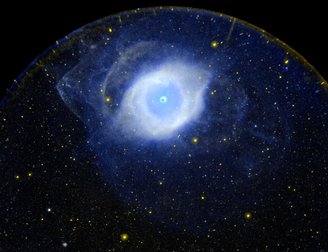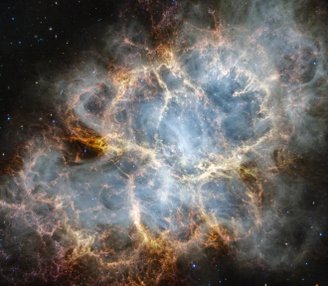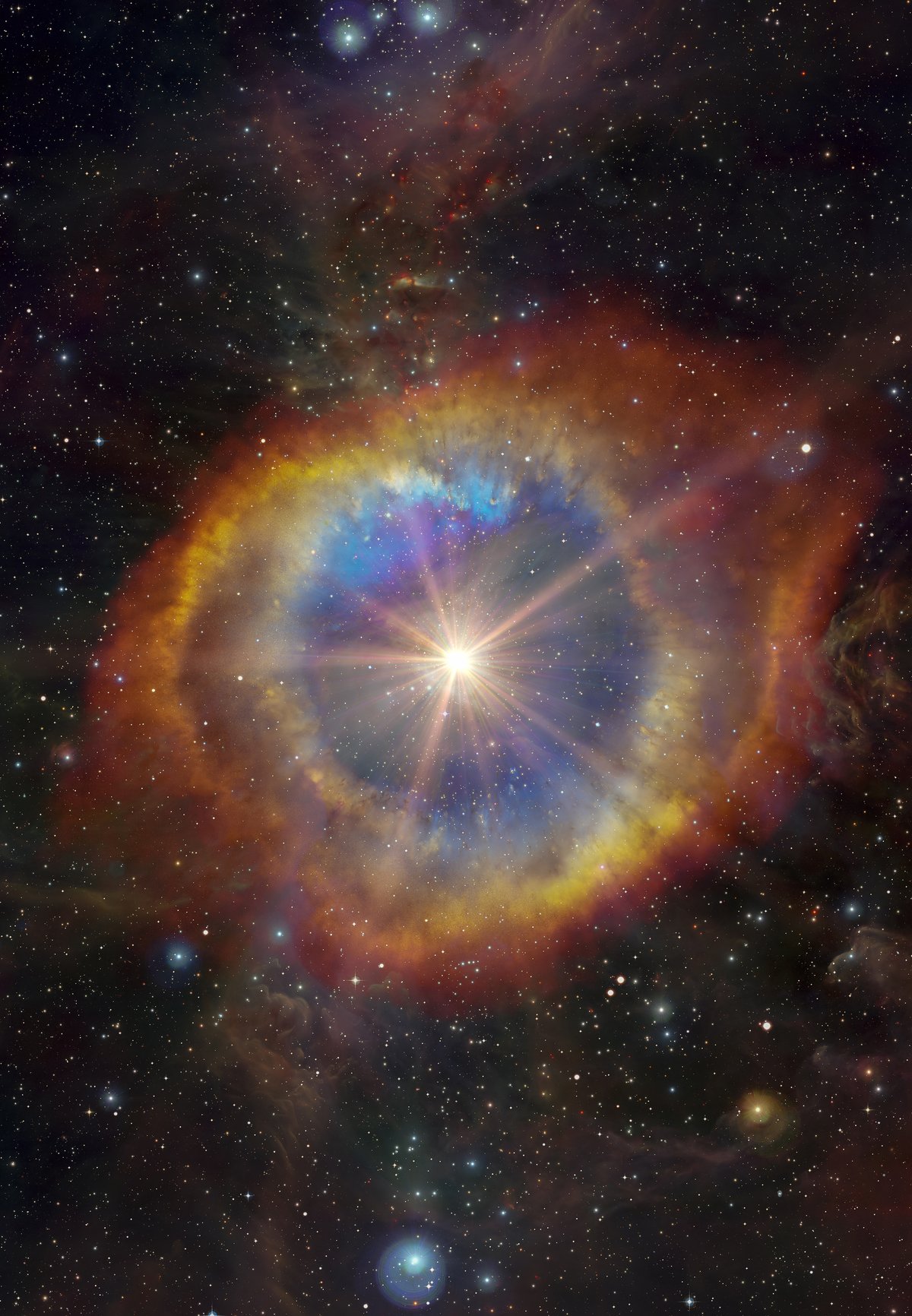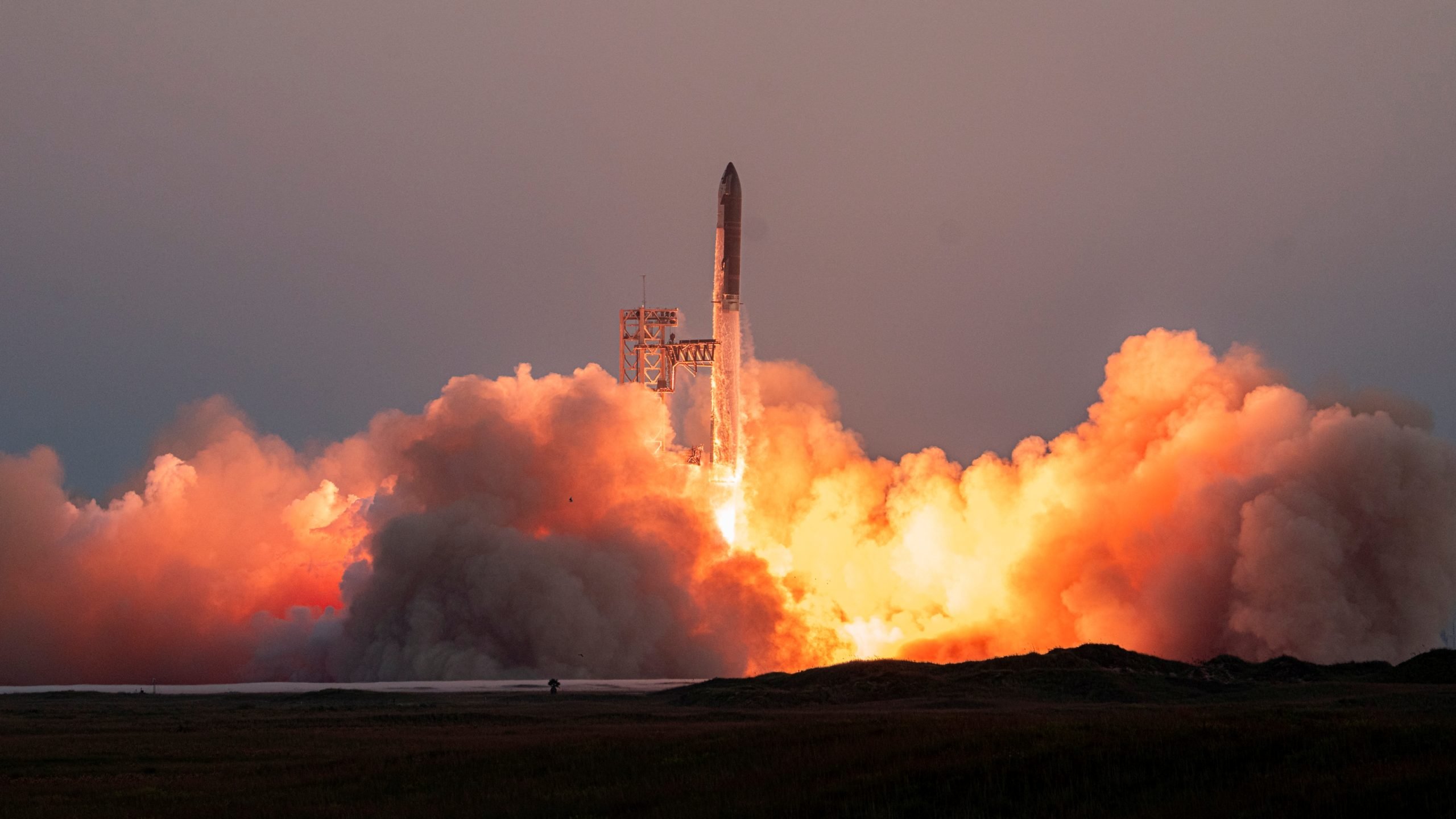There was a time in humanity when observing the sky, even with the naked eye, gave us a variety of information about the universe and terrestrial life. Observing the apparent movements of the planets, the positions of the stars, and the phases of the moon produced a lot of information about where we were in the universe and how we could measure time.
But beyond everyday practical use, observing celestial bodies gives us clues about how the universe was formed and continues to move. One of these cosmic entities is nebulae, and they tell us how new stars are born and how they can die..
At first, before the invention of instruments such as telescopes and telescopes, every “smoky” or diffuse clump in the sky was considered a nebula. Including the Andromeda Galaxy, which has been considered a nebula for many years. So what are they, really? Understanding What is a nebula, some types of clouds, and how to take amazing photos of these cosmic clouds?.
What are nebulae?
To: Nebulae are collections of gas and cosmic dust found in interstellar spaces, where there is usually a large amount of hydrogen.They are known as the “nursery” of stars because they contain the ideal conditions for the formation of new stars. However, not all of them are actively working on this.
Although they all have the elements needed to form new stars, the way they are produced, their format and the amount of each component make them more or less active, as not every nebula can create new stars.
For example, a newly formed nebula will still be too dispersed to have sufficient pressure and density to “fuse” the elements already in the cloud and draw new components into its accretion envelope. But nothing prevents it from one day being able to produce new stars in its celestial orbit.
How are nebulae formed?
They can occur in different forms such as. for example, supernova explosions resulting from the death of lower-magnitude stars or even hydrogen-rich regions around starsFor example, when our Sun gets tired, it can form a planetary nebula.
Contrary to their name, these types of nebulae are not capable of producing planets. They got their name from William Herschel, who first observed a round-shaped nebula resembling a planet in 1780.

But there are also nebulae resulting from supernova explosions. In this case, the formation of these cosmic clouds is conditioned by the material ejected during the collapse of the star. This type of birth gives the nebula the name of a supernova remnant..
The most famous remnant is the Crab Nebula, which some astronomers believe was caused by a supernova explosion documented by Chinese and Arab astronomers in 1054.
Knowing the date when the clouds formed helps us understand how nebulae behave, evolve, and change over time. On a cosmic scale, though, 970 years is almost like seconds in the history of these stars.

Dark nebulae are large concentrations of dust in interstellar space that make stars that may be behind this cosmic dust cloud opaque. However, while this dusty curtain blocks direct viewing, it does not stop the emission of radiation from objects within this envelope.
In contrast, those classified as “emission” and “diffuse” are the most active in producing stars and are also the densest and brightest. There are other categories and subcategories of nebulae that can be labeled based on their shape, activity, and mode of birth.
Nebulae contribute to the universe’s cycle of life, death and rebirth.They perform the role of collecting ejections of matter, storing and regrouping these elements, and forming new stars.

How to take photos of nebulae?
Nebulae are very important sources of radiation in the universe, so photographs are produced by capturing the different types of radiation they emit.
Photographs can be produced on Earth using radio telescopes and image processing software. Telescopes like Hubble, which are pioneers in imaging these objects in the sky, use devices to pick up radiation at different wavelengths..
The more advanced James Webb telescope has much more sensitive sensors, allowing it to better capture near- and mid-range infrared waves, resulting in clearer, more accurate readings.
This variation in radiation capture is what gives us the color differences in our photographs of nebulae, planets, and other celestial bodies.
Did you like the content? So stay up to date on more topics like this on TecMundo and take the opportunity to share the article with your friends on social media. Until later!
Source: Tec Mundo
I’m Blaine Morgan, an experienced journalist and writer with over 8 years of experience in the tech industry. My expertise lies in writing about technology news and trends, covering everything from cutting-edge gadgets to emerging software developments. I’ve written for several leading publications including Gadget Onus where I am an author.













